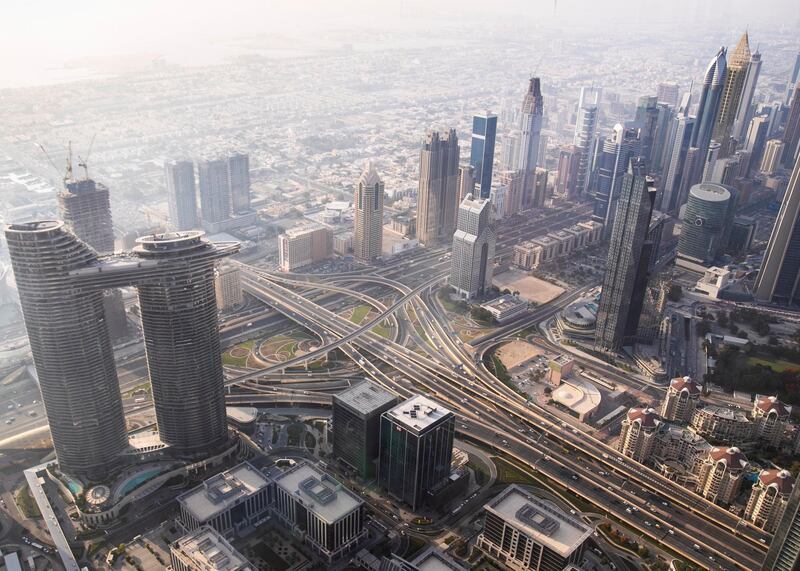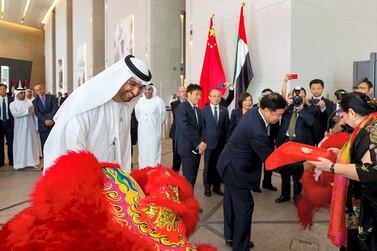The Middle East is expected to receive further investment from China and countries in east Asia, largely driven by funding from the Belt and Road Initiative, according to experts.
China, the world’s second-largest economy, spent $71.1 billion (Dh261bn) between 2014 and 2017 in the Middle East as part of its Belt and Road Initiative. It has also pledged to invest $10.7bn by 2022 in Oman’s Duqm Special Economic Zone.
"Trade wars could also impact how and where investments are made. Savills' report shows how China now plays a significant role in the Gulf and North African regions," Murray Strang, head of Savills Dubai, said in a webinar titled Trade Wars and Risk.
“This investment trend from China... [and] also [from] far east Asian countries is expected to further increase in the region as they recognise the strong value of the market and its fundamentals. For instance, recent major deals completed in the UAE such as Amazon/Souq and Uber/Careem are testament to the opportunities the market can offer.”
In 2019, the UAE was the largest foreign direct investment recipient in the sub-region, with flows of almost $14bn, growing by a third from the previous year, largely due to major investment deals in oil and gas, according to Savills.
Capital flows to Saudi Arabia also rose by a further 7 per cent to $4.6bn last year as the kingdom improved its investment environment and boosted economic diversification as part of its Saudi Vision 2030 programme. Several large non-oil investment deals took place in 2019 including the launch of a $1bn greenfield project by China’s Pan-Asia Pet Resin, a plastic bottle supplier, in Jazan City.
Investments in Egypt, Bahrain and Oman are also increasing due to government policies to encourage foreign direct investment in various sectors.
Oman has set out a series of laws governing public-private partnerships, privatisation and foreign capital investments, with the aim of creating a more favourable regulatory environment, while Bahrain is allowing full foreign ownership of companies that are involved in oil and gas drilling.
“The Middle East has traditionally been a net exporter of capital. Sovereign wealth funds and private equity have been some of the biggest investors into equities and trophy real estate assets over the past decade. However, in the last few years, governments in the region have been encouraging foreign inward investment to drive growth and diversify their economies,” David O’Hara, head of Savills in Saudi Arabia, said.
Christopher Payne, chief economist at Peninsula Real Estate, said "the protectionist policies of the two biggest economies, the US and China, would disrupt global supply chains and lead to a less efficient allocation of global resources".
"According to the IMF, if threatened tariffs are fully implemented, we could see half a percentage point less global gross domestic product growth going forward," he said.
“But there are potential silver linings. Deglobalisation could fragment global supply chains in such a way as to increase cargo transportation, which could actually increase oil demand, offsetting the impact of lower global growth. Also, trade wars could lead to dollar weakness, which could spur increased foreign investment into GCC real estate, especially in the UAE."
Economic and trade relations between the UAE and China have solidified in recent years, helped by diplomatic visits. Trade between the UAE and China rose 6 per cent in the first three quarters of 2019, China's ambassador to the UAE, Ni Jian, told state news agency WAM in February.
Chinese companies have also been granted concessions to develop Abu Dhabi's oil fields.







